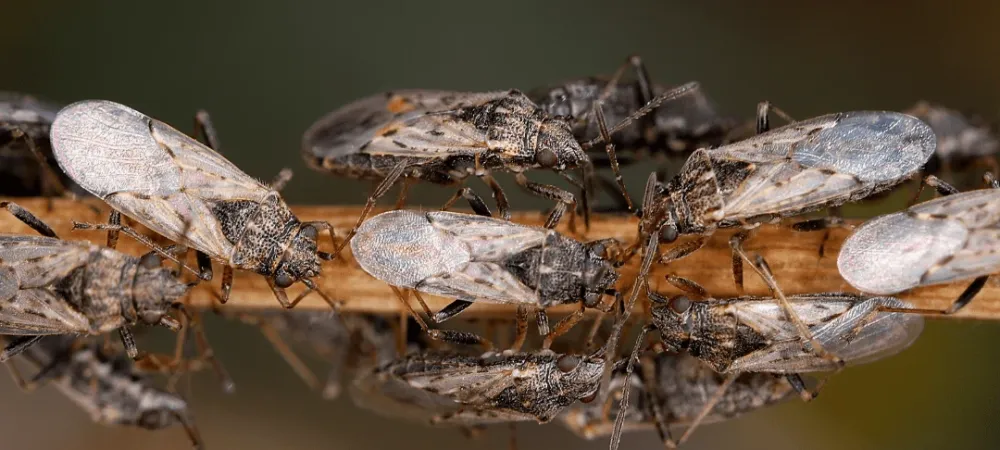Is the Grass in Your Yard Struggling? Look Into Pests Like Chinch Bugs

Turfgrass is a term that covers a wide variety of grass species for residential lawns. In Florida, St. Augustine grass is the most widely planted species of turfgrass. St. Augustine grass is popular in the South because the dense turf has a good salt tolerance if it’s planted by the coast and it grows well in most soils in the southern regions.
However, if you notice that your St. Augustine grass is struggling despite your best efforts, the problem may not be in your landscaping. You may have a pest problem. Learn what chinch bugs are, how they can damage your grass, and how to get rid of them.
What are Chinch Bugs and What Do They Look Like?
Southern Chinch bugs are pests that cause the most damage to turfgrass in Florida — especially to St. Augustine grass. Turfgrass is a Chinch bugs main source of food.
If your lawn has patchy brown or yellow spots of dead grass, you may assume that it suffers from drought-like symptoms. However, these patchy spots can be a tell-tale sign of Chinch bug damage.
You’ll want to survey your yard to see if you can spot any Chinch bugs. They are very small — only 1/8 to 1/4 of an inch long. However, they are distinctly colored: they have brown legs, black bodies, and white wings with yellow and red markings.
Younger chinch bugs are easier to spot since they have bright-red bodies with a white stripe that runs across their back. Younger Chinch bugs are lighter in color, and they darken as they reach adulthood.
How Do Chinch Bugs Damage Grass?
No matter the age, all chinch bugs have pincers that they use to puncture and eat grass blades. As a Chinch bug eats, it sucks the moisture out of the grass blades. They also can feed on other plants and trees in your yard by sucking the sap out.
Because they suck the moisture out of the grass, your lawn can dry out and die quickly. Not only do they eat the grass, but Chinch bugs inject a toxin into your grass. This toxin interferes with the plant’s ability to gather moisture and nutrients from the soil.
While Chinch bugs are most active when it’s warm out, they can cause damage to your yard year-round. Once chinch bugs have feasted, they will travel to find more sources of food, so you can often spot them on the border of a patchy area between new grass and dead grass.
How Can You Get Rid of Them?
If you notice that your grass has turned patchy, it’s important to inspect the blades for Chinch bugs. It’s easier to get rid of them early on. If your St. Augustine grass is totally destroyed, it may be worthwhile to look into an alternative turfgrass sod that isn’t as palatable to these pests.
If your St. Augustine grass only has a few patches, then you can still save it. It may be frustrating and futile to keep up with your lawn maintenance, but it’s important to do so since Chinch bugs thrive in lawns with leafy debris and heavy thatch.
When you do mow your lawn, be sure to use a bag to catch clippings. While it’s true that grass clippings can be a good source of nitrogen and make a healthy yard, these piles are unfortunately another source of food and shelter for Chinch bugs.
You can avoid Chinch bugs by aerating the soil and by using slow-release fertilizers since heavily fertilized lawns are prone to infestations.
Lastly, contact us at Southern Greens Pest Control for more help. We can spray your lawn with chemicals that will kill these bugs. We can also help you come up with a good lawn maintenance plan to prevent future infestations.
